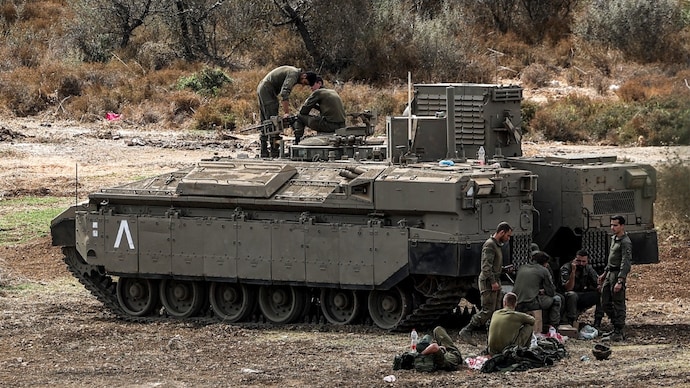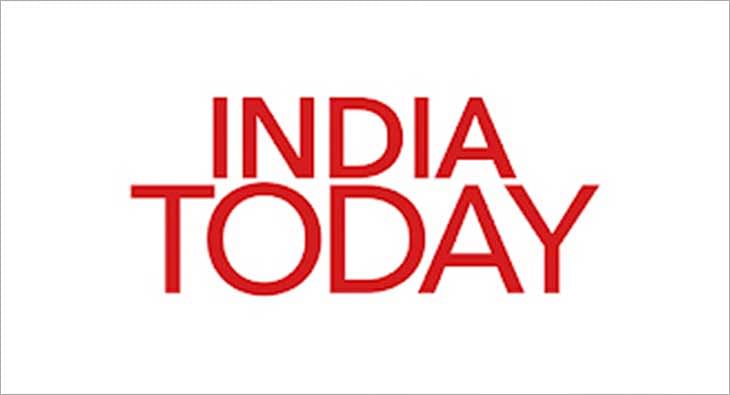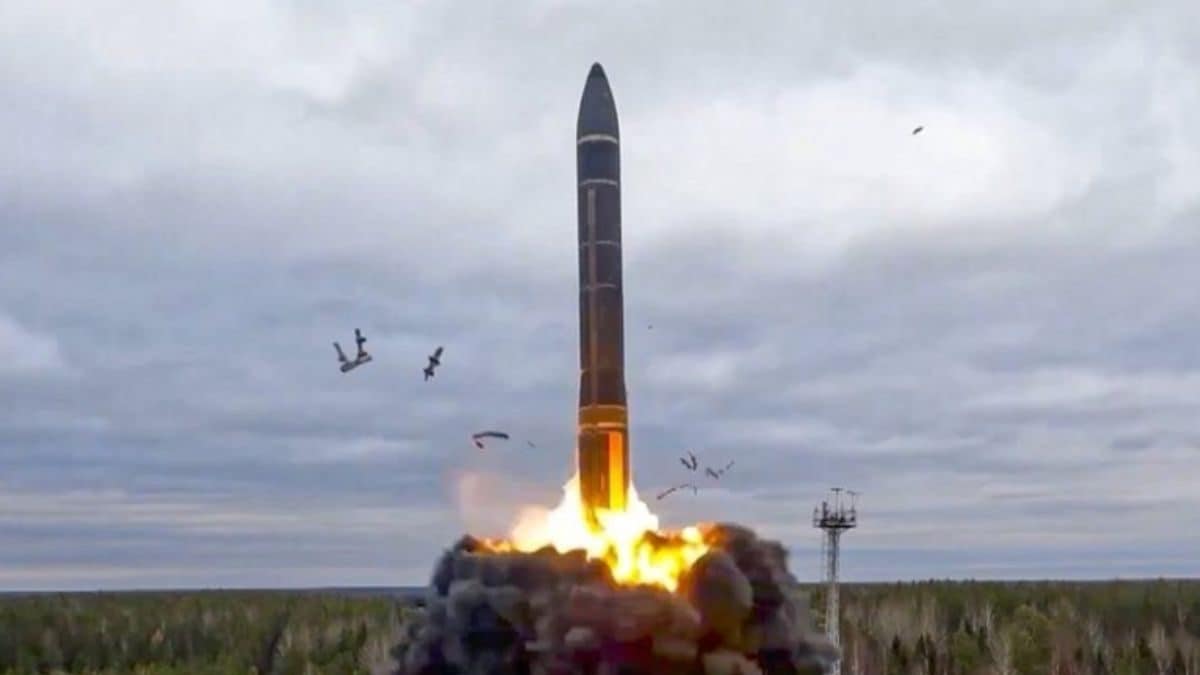As per Israeli media, one of the goals of the Israeli Defence Forces (IDF) in Lebanon could be pushing Hezbollah north of the Litani river as mandated by a 2006 resolution passed by the United Nations Security Council.

The Israeli army on October 1 said it launched a ground offensive in Lebanon. (AFP photo)
What does Israel want to achieve with its “limited” ground invasion of Lebanon that started September 30? Officially, it wants to create conditions for its displaced citizens to return to their homes in northern Israel.
That begs another question: What does this stated goal entail?
In short, making sure its most-powerful enemy militia in West Asia, Hezbollah could not launch attacks on civilians in the Galilee region bordering Lebanon.
Since the start of the Gaza war in October last year, Hezbollah has been firing short-range rockets and missiles into northern Israel, displacing thousands of people and damaging civilian infrastructure. Israel has responded in kind.
As per Israeli media, one of the goals of the Israeli Defence Forces (IDF) in Lebanon could be pushing Hezbollah north of the Litani river as mandated by a 2006 resolution passed by the United Nations Security Council (UNSC).
The UNSC Resolution 1701 establishes grounds for Israel to end the occupation of southern Lebanon that began with an invasion in 1982 in response to Palestinian attacks from that country.
Times of Israel quoted an Israeli official to report that the US was informed that the invasion’s final goal was to create conditions for a diplomatic agreement to enforce the Resolution 1701.
The resolution emphasises that no armed personnel, assets and weapons should exist in the area between the Blue Line and the Litani river – exception being the internationally-recognised Lebanese government and the United Nations Interim Force in Lebanon (UNIFIL). It also effectively bars Hezbollah and Hamas from operating in Lebanon.
The assessment in Tel Aviv seems to be that Israel can remove the threat of Hezbollah by pushing it around 25-km away from the Israeli border, given that the majority of Hezbollah rockets are short-range.
Hezbollah possesses 120,000-200,000 rockets and missiles, according to the Center for Strategic and Studies. Most of its arsenal consists of small, unguided surface-to-surface rockets, but it is also believed to have anti-aircraft and anti-ship missiles.
What is Blue Line?
There is no mutually-recognised border between Lebanon and Israel. The current line that serves as a de facto border is known as the Blue Line, demarcated by the United Nations based on two previous lines: the 1949 Israel-Lebanon Armistice Demarcation Line (ADL) and the 1923 “international boundary” between Palestine and Lebanon.
But in effect, the Blue Line was drawn up as the line of withdrawal for Israeli troops from Lebanon in 2000. The line is manned by UNIFIL troops that also include over 600 personnel from India.
Published On:
Oct 1, 2024
Tune In

 1 month ago
1 month ago













